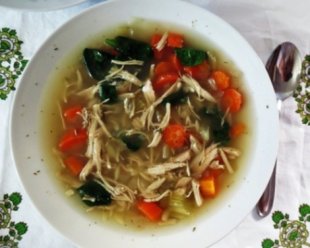You will Need
*Roll of Refrigerator Biscuits... I used Grands Homestyle Original
*1 cup of shredded cheddar/mozzarella blend cheese
*1 cup of browned hamburger
*1/4 cup of Real Bacon Bits
* Pepper and Garlic to taste
*1 Egg White Beaten
*Parmesan Cheese Grated
Here's What you do
*Flatten your biscuit
*Top with Pinch of Cheese, tsp hamburger, small pinch of bacon bits and tiny bit more cheese...season... then fold your sides up and close it..I shaped mine like a loaf... seam side down in a greased 9 x 13 pan...
*Brush tops with beaten Egg White and Sprinkle with Parmesan
* Bake at 350 for 30 min. or until golden brown
Enjoy
Join me for more recipes and weight loss tips of facebook
MaCaRoNi & ChEeSe BaLLs

You will Need
*A Roll of Grands Biscuits....I used the homestyle original ones
*1 Cup of Shredded Mozzarella Cheese
*1 Cup of already made Mac & Cheese (meaning already have it made)
*Pepper to taste
*1 Egg White
* Parmesan Cheese
Okay.. Flatten out the biscuits
*Top each biscuit with .. mozzarella cheese.. (a pinch), 1 to 2 tbsp. of already made ahead mac and cheese., season with pepper
*Gather your edges up and fold and pinch to seal it
* Place with sealed side down in a 9 x 13 greased pan... don't let the edges touch each other
* Brush tops with beaten egg white and sprinkle with parmesan cheese
*Bake at 350 for about 30 min.... or until golden brown
ENJOY

You will Need
*A Roll of Grands Biscuits....I used the homestyle original ones
*1 Cup of Shredded Mozzarella Cheese
*1 Cup of already made Mac & Cheese (meaning already have it made)
*Pepper to taste
*1 Egg White
* Parmesan Cheese
Okay.. Flatten out the biscuits
*Top each biscuit with .. mozzarella cheese.. (a pinch), 1 to 2 tbsp. of already made ahead mac and cheese., season with pepper
*Gather your edges up and fold and pinch to seal it
* Place with sealed side down in a 9 x 13 greased pan... don't let the edges touch each other
* Brush tops with beaten egg white and sprinkle with parmesan cheese
*Bake at 350 for about 30 min.... or until golden brown
ENJOY









.jpg)







